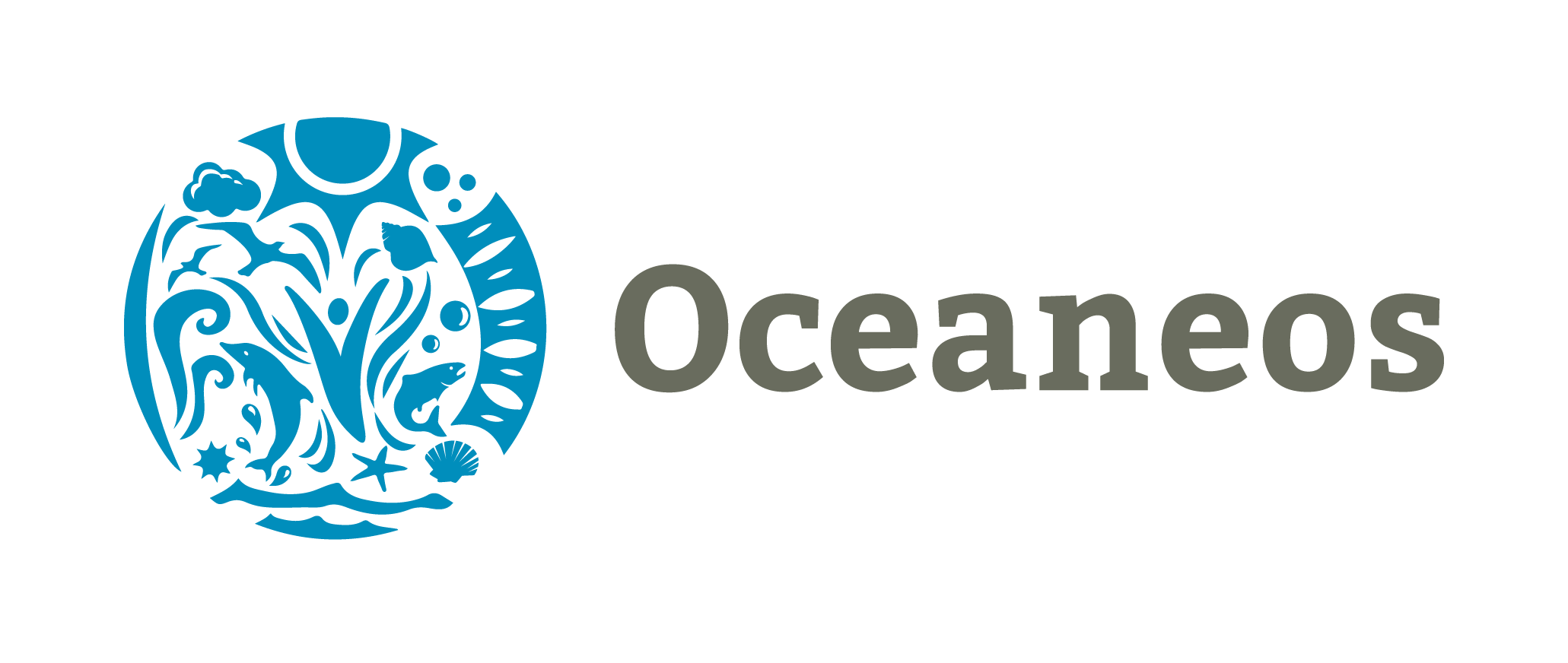Pollution
Of all the issues that are currently affecting the marine environment, pollution ranks in the top five. Harmful substances such as pesticides, heavy metals and hydrocarbons are a huge factor in the health of the planet’s ocean environment.
There is no question that pollution has a direct effect on health of the ocean and sea life. Today humans dump over 14 billion pounds of pollution into the ocean on an annual basis. According to a recent study by the US National Center for Ecological Analysis, 85% of the world’s oceans have been strongly affected by pollution. The dumping of industrial, nuclear and other waste into oceans was legal until the early 1970s when it became regulated; however, dumping still occurs illegally everywhere.
The immediate impact of today’s dumping of large quantities of pollutants is being documented by researchers and scientists all over the world. There have been measured large-scale sudden deaths within the aquatic environment and fish stock collapses caused by the contamination of waterways with agricultural pesticides. Lower levels of discharge are causing an accumulation of the pollutants within the aquatic organisms themselves. Pollutants that are dumped in the ocean are passing through the environment. Studies show that a greater proportion of diseased fish were found in polluted compared to non-polluted marine sites.
Based on the best available scientific information, better management of ocean pollution is needed. The problem can only be addressed if economic, social, and political realities come into play. Currently, however, scientific information about the effects of pollution on fisheries is fragmented and sparse at best. The science community is calling for a critical review and assessment of available factual information.


